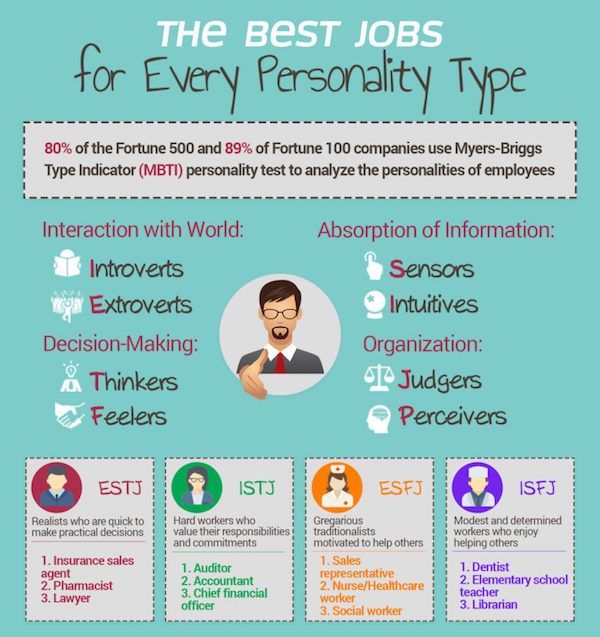Auditor personality type
Is there such a thing as the typical personality of an Internal Auditor?
Are internal auditors more likely to be extroverted and outgoing, or quieter and more introverted?
BackgroundAs the former CAE of AstraZeneca and now a consultant and trainer on internal audit matters for the past 12 years, I’ve been happy to work on a range of interesting topic areas. I started my consulting and training work working on lean (and now agile) auditing, assurance mapping and root cause analysis. More recently I have become involved in helping clients with issues around auditor mindsets, influencing, stakeholder management, and political savvy. I have used the experience I gained before being CAE since I was responsible for leadership development programmes for high potential staff, working in HR in AstraZeneca.
During that time, I learned the importance of self-knowledge and awareness of other personalities (and organisational factors) to influence effectively. And over the past four years, working with various IIA organizations in Europe, I have increasingly been working with personality profiling tools and, specifically, the personality preference tool the Myers Briggs Type Indicator (MBTI). With over 300 completed MBTI surveys for internal auditors it seems timely to offer some insights into the question “is there such a thing as the typical personality of an internal auditor?”
It’s a close call between extroverts and introverts in our profession. This means there are going to be those who want to “take over” team meetings, and others who find it difficult to be heard. Strategies will be needed to balance this.
Generally, internal auditors are clearly more detail focussed, but this means team meetings may get “bogged down” in small issues. Learning to proactively prioritise and manage time may be important.
There are a clear majority who think logically, but this may mean certain of the softer aspects of teamworking, and influencing may be neglected.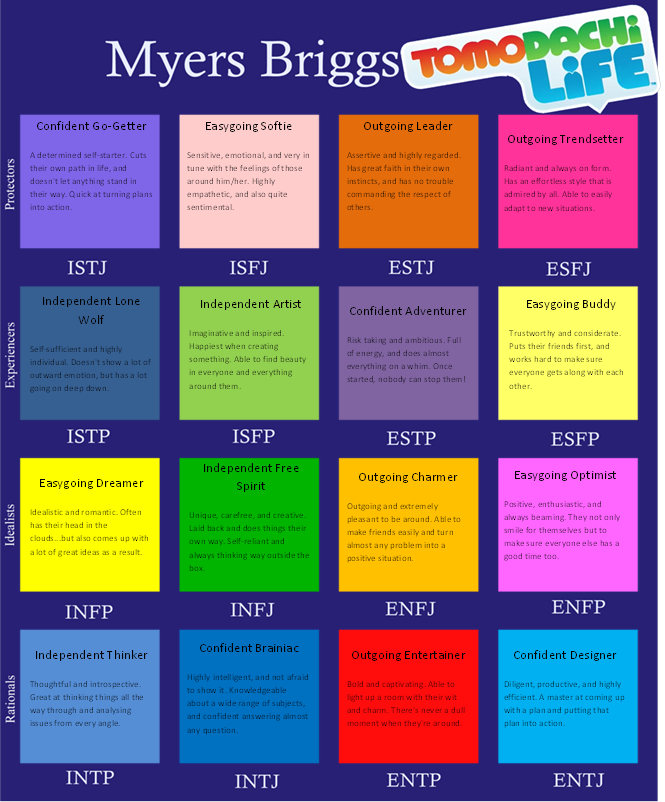
A clear majority of internal auditors like a plan and clear decision, but this can create frustration when there are others who want to “wait and see.” Finding ways to “get the best of both worlds” are going to be important to get the full benefits of both ways of thinking in the internal audit team.
So, the typical internal auditor personality is...Two personality types seem to be dominant (at a rate far higher than you would find in the general population):
- Extroverted, detailed people who like to make decisions based on facts and logic, plan, and come to conclusions. Some know them as «Supervisors» and «life’s administrators,” and in MBTI terms by the initials ESTJ.
- Introverted, detailed people who like to make decisions based on facts and logic and want to come to conclusions. Known by some as “Inspectors” who expect people to do what should be done, and MBTI terms by the initials ISTJ.

First, based on my survey, I am not arguing these typical personality profiles are necessarily the «right» types of personalities for internal auditors; I am just saying that we do seem to be a profession dominated by certain personality types.
Second, these are high-level descriptions of personality profiles and what some auditors might prefer to do and not do, does not capture the full complexity of any given internal auditor, so we take each archetype as a general guide.
Third, the exact proportions of the different personality types can and does vary across different internal audit teams and seniority levels.
The Implications of having a high proportion of “supervisors” and “inspectors”There are many personal and professional consequences of having a particular type of personality profile, but I would highlight the following four as being particularly noticeable and important:
- Because we have a high percentage of logical, rational people, it’s easy to prize people who are subject matter experts in technical, financial, data, and IT areas and to undervalue those who have soft skills.
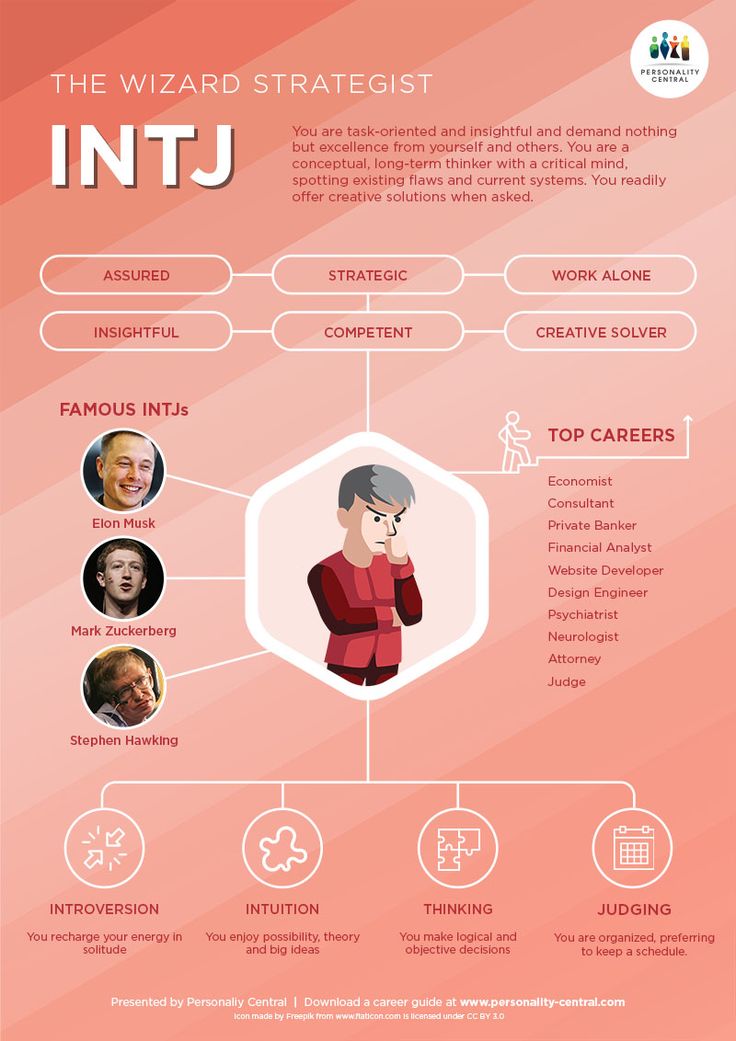 Furthermore, you can see various competency frameworks in internal audit that give relatively little weight to soft skills and IA teams which may underinvest in training on soft skills and self-awareness for auditors, even though there is a development gap. To put it bluntly, sometimes internal auditors don’t know some of the things they don’t know.
Furthermore, you can see various competency frameworks in internal audit that give relatively little weight to soft skills and IA teams which may underinvest in training on soft skills and self-awareness for auditors, even though there is a development gap. To put it bluntly, sometimes internal auditors don’t know some of the things they don’t know. - Many within internal audit are planners and detail-focused, and like processes and coming to clear and documented conclusions in detail. But as a result, it can mean they believe that business managers (often with different personalities) lack rigour and discipline, when this may not be an entirely balanced view. Of course, the converse of this is that managers may think that internal auditors approach topics (and explain their work) in too much detail and are too rigid and inflexible when discussing how to improve things.
- Furthermore, having a lot of people with a particular type of personality means that internal audit teams will have their own culture, which may be somewhat conservative and slow to make changes.
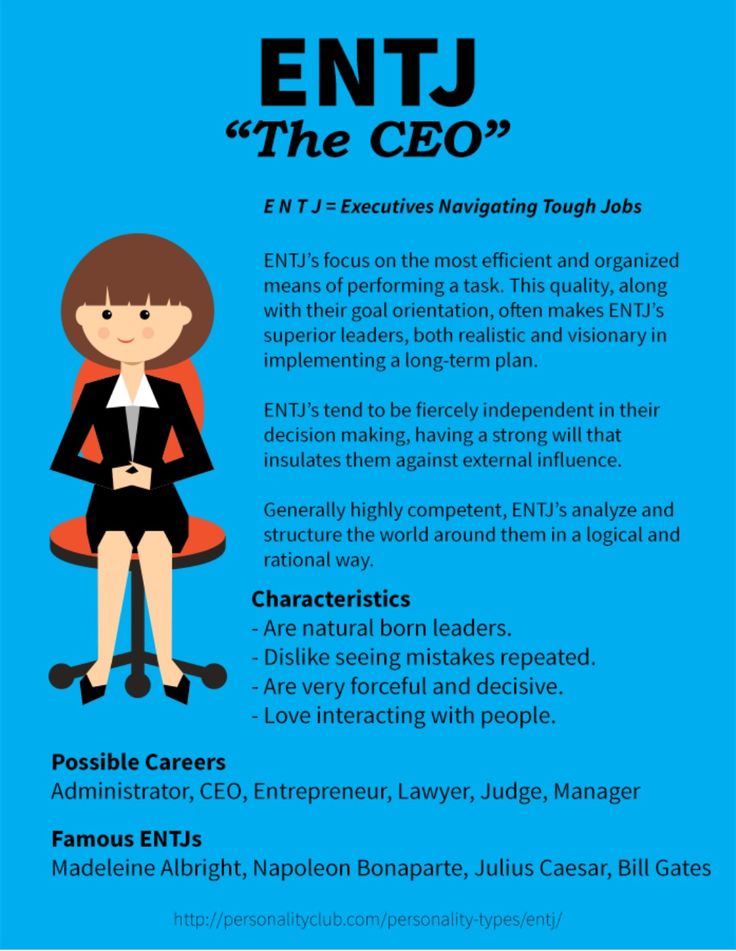 As touched upon earlier, this may mean they neglect people-oriented behaviours, sometimes resulting in weaker performance management and development planning, auditors who work in silos (even in internal audit!), and too much work and stress for some, which is hard to talk about safely within the internal audit team.
As touched upon earlier, this may mean they neglect people-oriented behaviours, sometimes resulting in weaker performance management and development planning, auditors who work in silos (even in internal audit!), and too much work and stress for some, which is hard to talk about safely within the internal audit team. - Too often the internal auditors I work with expect management to be persuaded by facts and evidence and «rational persuasion» and find it hard to understand why this doesn’t always work. Further, they find it hard to understand why “politically savvy” but less logical strategies might work, often thinking “internal audit shouldn’t get involved in organisational politics,” (based on a rational, and fundamentally flawed, view of how organisations work).
I hope that the archetypes and internal audit team dynamics described may connect with your own experiences and start to explain some of the difficulties and challenges we face as a profession.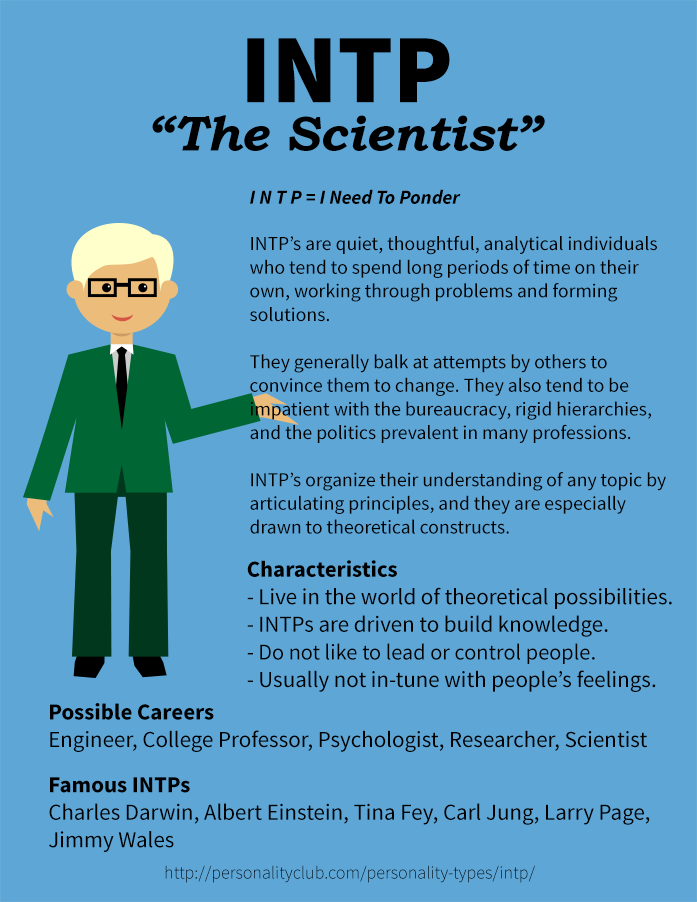 And by the same token, I think “leaning in” to these softer aspects of the way internal audit operates can offer huge potential to teams and their impact on the organisations they serve. Likewise, from a personal perspective, an improved understanding of how you and others think can greatly improve your personal impact, job satisfaction and career prospects.
And by the same token, I think “leaning in” to these softer aspects of the way internal audit operates can offer huge potential to teams and their impact on the organisations they serve. Likewise, from a personal perspective, an improved understanding of how you and others think can greatly improve your personal impact, job satisfaction and career prospects.
James C Paterson, Director, Risk & Assurance Insights, www.RiskAI.co.uk
Myers-Briggs Careers | ESTJ Careers
Strong Interest Inventory® General Occupational Theme Code: Conventional, Enterprising, Investigative (CEI) (GOT)
After completing a Myers-Briggs Type Indicator (MBTI®) Test you can not only gain a better grasp as to who you are as an individual, but also open a window into your subconscious, allowing you to focus on your unique attributes. This provides you with the knowledge you need to find a career that is best suited for you. One popular line of ESTJ careers include auditors, who are well suited at handling and managing different undertakings as they examine and analyze accounting records for various purposes.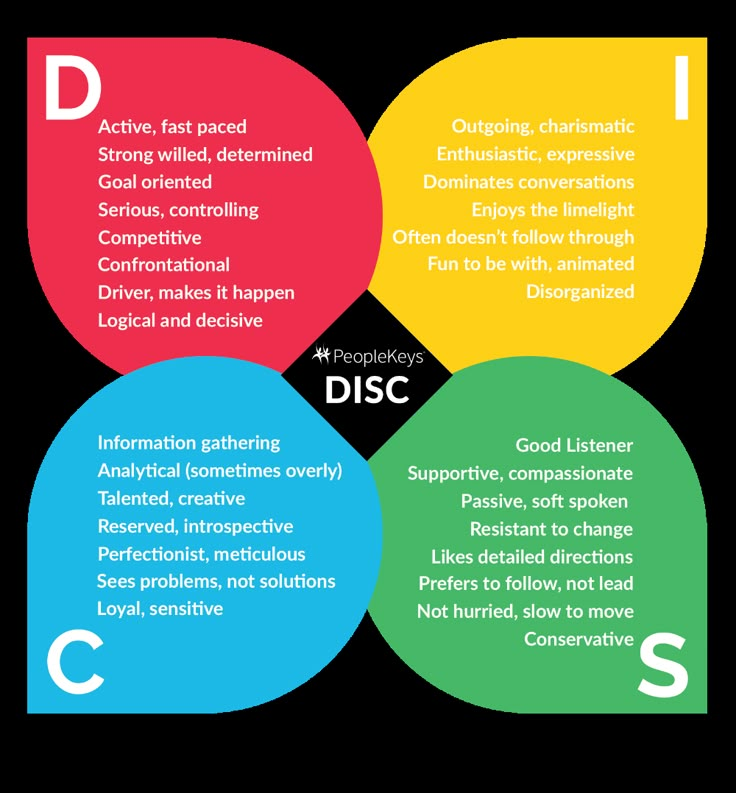 They have a drive to find solutions for problems and focusing on the environment around them, trusting information that they find empirically sound. This resonates with the Extroverted Thinking with Introverted Sensing (ESTJ) MBTI Test personality type. (Myers, CPP. 1998)
They have a drive to find solutions for problems and focusing on the environment around them, trusting information that they find empirically sound. This resonates with the Extroverted Thinking with Introverted Sensing (ESTJ) MBTI Test personality type. (Myers, CPP. 1998)
Image courtesy of Stuart Miles at FreeDigitalPhotos.net
On any given day, persons in auditor ESTJ careers positions often find themselves performing a large range of different analytical and procedural tasks related to their respective projects. These tasks can include preparing detailed reports on audit findings as well as examining and evaluating financial and information systems, recommending controls to ensure system reliability and data integrity. Auditors can also examine whether an organization’s objectives are reflected in its management activities, and whether employees understand the objectives. They spend a fair amount of their time reviewing data about material assets, net worth, liabilities, capital stock, surplus, income, and expenditures.
Another very important role that auditors take on sees them take control of collecting and analyzing data to detect deficient controls, duplicated effort, extravagance, fraud, or non-compliance with laws, regulations, and management policies. Similarly, they report to management about asset utilization and audit results, and recommend changes in operations and financial activities.
A high knowledge in economics, accounting and general mathematics are key for individuals entering the accounting career path. Depending on the specific position, knowledge of business and management principles covering areas such as strategic planning, human and material resource allotment, and leadership techniques may also be highly beneficial. In our current digital age, a strong knowledge of computers and various business related electronic devices and software is also critical for optimal efficiency.
Individuals entering this field need to logically solve problems while maintaining a strong attention to detail.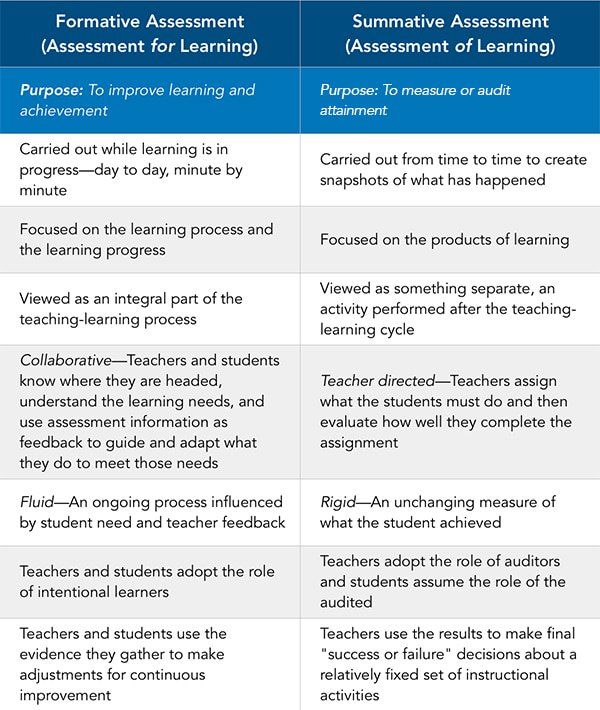 This field values individuals that take initiative in this field that requires an individual to remain dependable in highly stressful situations. It tends to attract independent workers who focus on achievement and look for and value recognition for their hard work.
This field values individuals that take initiative in this field that requires an individual to remain dependable in highly stressful situations. It tends to attract independent workers who focus on achievement and look for and value recognition for their hard work.
-
MBTI® Career Report
Find your best occupational match with this easy-to-read Myers-Briggs® test graphic report
Choosing a career path can be difficult. The revised MBTI® Career Report helps point the way by showing you how your type affects your career exploration and discusses the benefits of choosing a job that is a good fit for your type. By taking the Myers-Briggs test you also explore preferred work tasks and work environments as well as most popular and least popular occupations for all types and receive strategies for improving job satisfaction. This completely updated report includes expanded coverage of popular fields such as business, health care, computer technology, and high-level executive and management occupations.
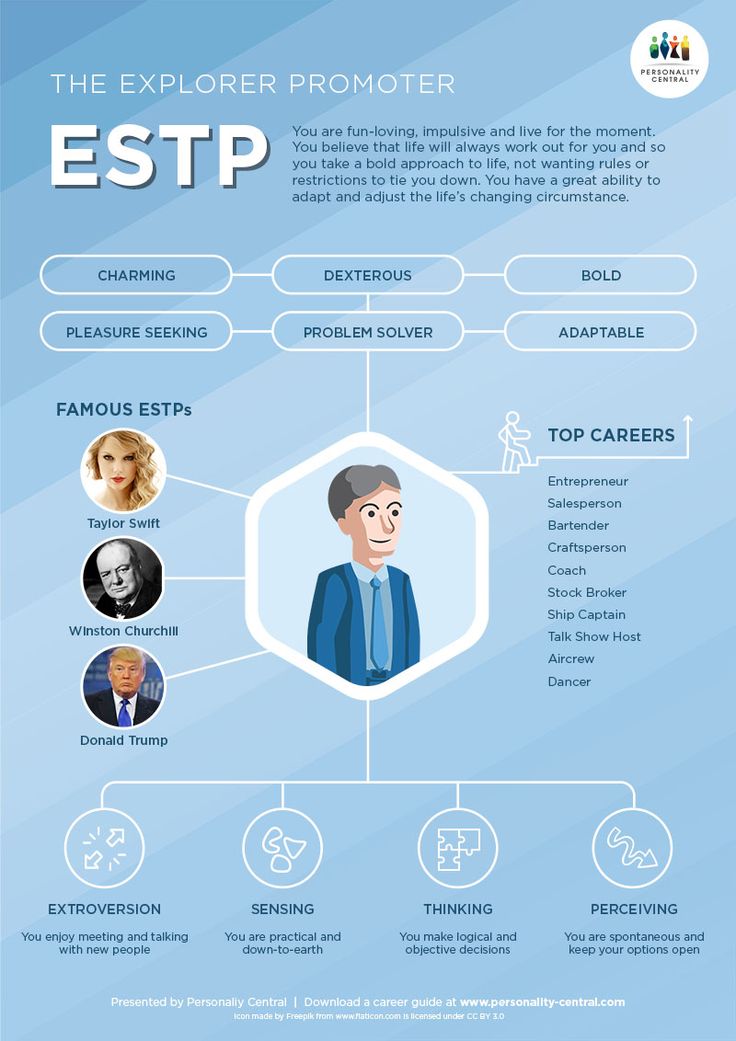 It is based on four-letter type results and can be generated using your reported type or verified type.
It is based on four-letter type results and can be generated using your reported type or verified type.Download sample MBTI® Career Report
Product Details
$59.50Add to cart
Due to the higher level of cognitive reasoning and critical decision making requirements of this career, auditors generally require a four-year bachelor’s degree, a considerable amount of related on the job experience, and/or training in vocational schools, in addition to several years of on-the-job training. Thoroughly exploring the strengths and potential challenge areas associated with your MBTI personality type can be a powerful asset when deciding whether the auditor career path is right for you.
Below are employment trends for Auditors:
- Median wage: $34.40 hourly, $71,550 annually
- Employment: 1,424,000 employees
- Projected growth (2018-2028): Average (4% to 6%)
- Projected job openings (2018-2028): 146,000
Visit Our Strong Interest Inventory® Resource Page To Learn About The ECS GOT
Visit Our MBTI® About Page and Our ESTJ Personality Type Page For Detailed Information on The ESTJ Personality Type
ESTJ Careers
Click on one of these corresponding popular ESTJ Careers for detailed information including Career Stats, Income Stats, Daily Tasks and Required Education: Auditor, Commercial Pilot, Computer-ATM-Office Machine Repairer, Construction Manager, Correctional Officer & Jailer, Criminal Investigator, Home Health Aide, Personal Financial Advisor, Police & Fire & Ambulance Dispatcher, Sheriff & Deputy Sheriff.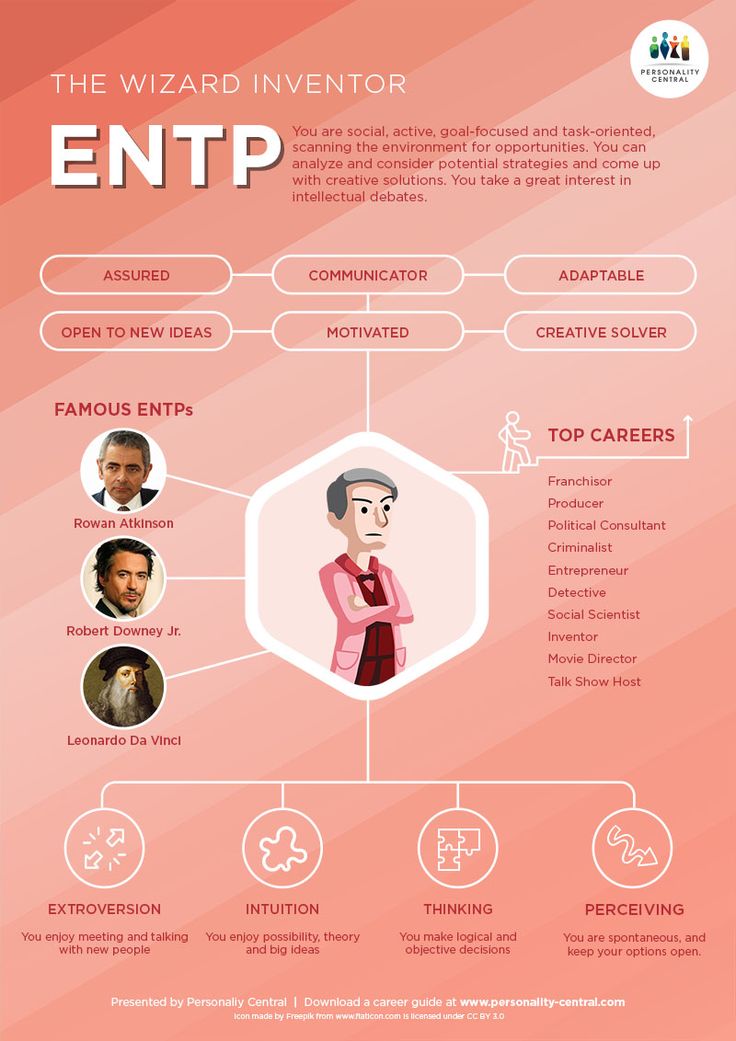
Explore Our ESTJ Blogs Pages:
Explore additional information that delves deeper into the ESTJ Personality Type by examining various personality and career based subjects:
- Myers-Briggs test ESTJ Personality Type and Innovation Styles Blog
- Myers-Briggs test ESTJ Personality Type and Project Management Blog
- Myers-Briggs test ESTJ Personality Type and Emotional Intelligence Blog
- Myers-Briggs test ESTJ Personality Type and Leadership Blog
- Myers-Briggs test ESTJ Personality Type and Communication Blog
Click on a link below to read more about different MBTI Personality Types
| ISTJ | ISFJ | INFJ | INTJ | ESTP | ESFP | ENFP | ENTP |
| ISTP | ISFP | INFP | INTP | ESTJ | ESFJ | ENFJ | ENTJ |
References:
1. Introduction to Type (Isabel Briggs Myers, 1998, CPP Inc.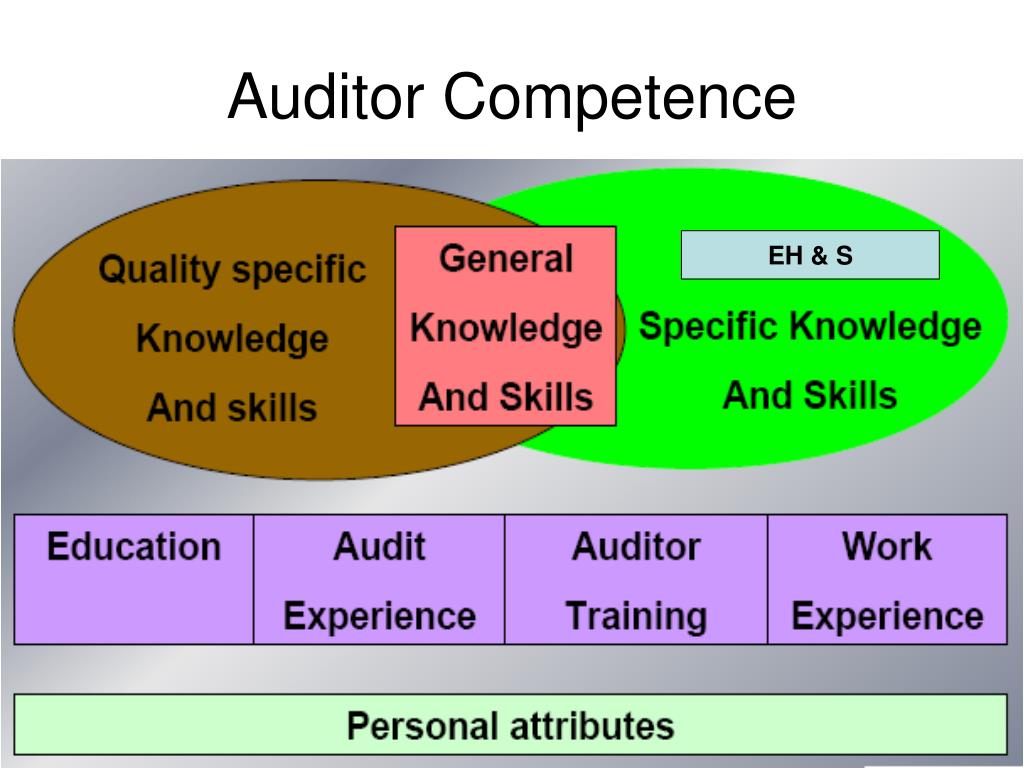 )
)
2. Introduction to Type and Careers (Allen L. Hammer, 2007, CPP Inc.)
3. Summary Report for: 13-2011.02 – Auditors. (2012). Retrieved July 22, 2014, from http://www.onetonline.org/link/summary/13-2011.02
4. MBTI® Type Tables for Occupations, 2nd Edition. Schaubhut, N. & Thompson, R. (CPP, 2008)
Auditors - Encyclopedia of Economics
The author dwells in detail on the features of the firm's microenvironment, where he includes the relationship of the marketing service with all other departments, as well as the actions of suppliers, marketing intermediaries, customers, competitors and contact audiences. Marketing managers have to not only take care of close cooperation within the company, but also closely monitor the events taking place among suppliers, build relationships with intermediaries that help in the promotion, marketing and distribution of goods, with financial institutions. Different types of customer markets require careful study: the consumer market, the manufacturer market, the reseller market, the government market, and the international market. As for competitors, in order to identify all possible competitors in the market, F. Kotler offers a multi-stage study that answers the question [c.21]
As for competitors, in order to identify all possible competitors in the market, F. Kotler offers a multi-stage study that answers the question [c.21] What the author calls contact audiences also deserves considerable attention. They can either contribute to or oppose the efforts of the firm, which means that they require certain steps aimed at winning a positive attitude towards themselves and neutralizing the undesirable. Seven types of contact audiences (the financial community, the media, government agencies, civic action groups, local residents and community-based organizations, the general public, and the firm's own staff) need specially planned actions designed for a specific response from these audiences. Accounting for the impact of the microenvironment is necessary when choosing the best tactical decisions in the field of marketing. [c.22]
The allocation of sales promotion funds to a separate group seems to be not only logical, but also promising. Firstly, it is possible to more carefully determine the need of each of the three possible audiences for certain events; secondly, to replenish their range by introducing new forms of stimulation, transforming traditional techniques in relation to the needs of another audience; thirdly, an independent budget for sales promotion allows you to more accurately take into account the results of this activity, promptly redistribute funds in [c. 35]
35]
When making a transfer, the market actor seeks to cause a response to a particular offer. This reaction is not tantamount to a purchase or a commercial exchange. A political candidate wants to win the popular vote, a church wants to grow its congregation, a community action group wants what's called acceptance. Marketing consists of actions taken to achieve in any form the desired response of the target audience in relation to any object, service or idea. [c.53]
Hospital costs rise sharply. In a number of large clinics, the cost of a daily stay in the ward exceeds $ 300. Many hospitals experience a shortage of patients, especially in maternity and pediatric wards. According to the forecasts of a number of experts, 1400-1500 hospitals will close in the next decade. In 1966, during a typical week, up to 55% of all adult Catholics under the age of 35 attended church. In 1976 this figure fell to 39% and is expected to fall further. Many groups of performers fail to attract a sufficient audience.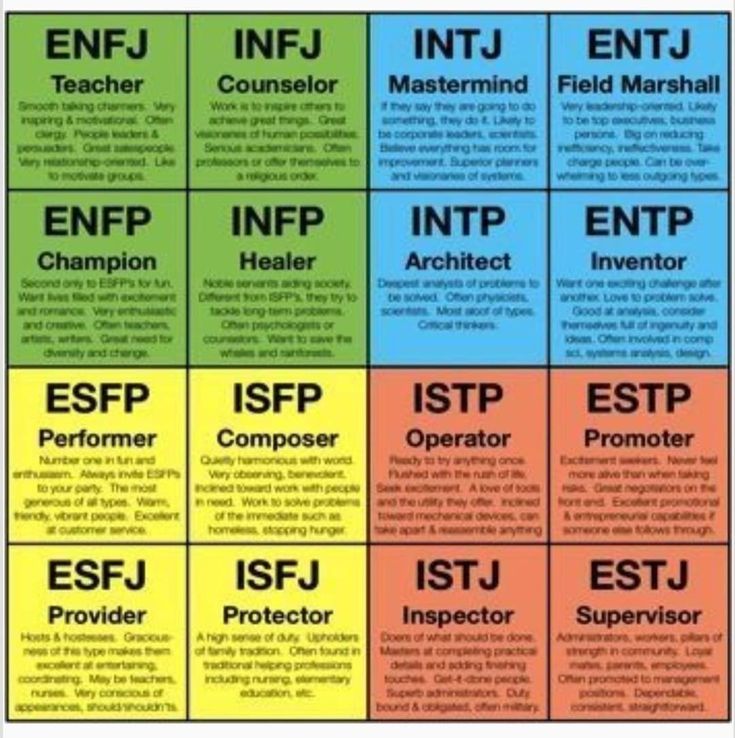 Even theaters such as Chicago's Lyric Opera Company, which open season with a full house, come to the end of the year with a huge deficit. Many once-thriving non-profit organizations such as the Young Men's Christian Union, the Salvation Army, the Girl Scouts, and the Temperance Christian Alliance are losing their membership and financial support along the way. [c.75]
Even theaters such as Chicago's Lyric Opera Company, which open season with a full house, come to the end of the year with a huge deficit. Many once-thriving non-profit organizations such as the Young Men's Christian Union, the Salvation Army, the Girl Scouts, and the Temperance Christian Alliance are losing their membership and financial support along the way. [c.75]
With these systems, the firm monitors and adapts to the marketing environment. The firm also adapts to its own micro-environment, consisting of marketing intermediaries, suppliers, competitors, and contact audiences. And finally, it adapts to the macro-environment - demographic and economic, political and legal, technical and environmental and socio-cultural factors. When developing and positioning its offer in the target market, the company takes into account all the circumstances and forces operating in the marketing environment. [c.106]
MARKETING ENVIRONMENT Target markets Marketing channels Competitors Contact audiences Macro-environmental factors MARKETING MANAGERS Analysis Planning Implementation Enforcement [c.
 114]
114] COLLECTION OF PRIMARY DATA. Most marketing research involves the collection of primary data. Unfortunately, for some managers, collecting primary data comes down to coming up with a few questions and finding a bunch of people to interview. But the data collected in this way can be useless or, even worse, misleading. So for the collection of primary data, it is best to develop a special plan. On fig. 20 is a plan that requires preliminary decisions about research methods, research tools, sampling plan, methods of communication with the audience. [c.125]
HOW TO CONTACT WITH THE AUDIENCE [c.125]
Ways of communication with the audience. How to contact the sample members By phone, mail or personal interview. [c.132]
Having formulated the objectives of the study and the main problem to which it should contribute, the researcher is ready to start a formal survey of the audience. Comment on this statement. [c.137]
The marketing environment is made up of a microenvironment and a macroenvironment.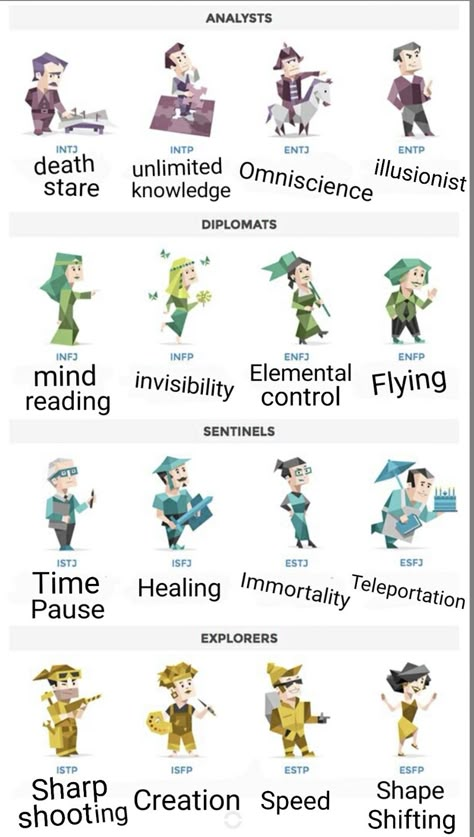 The microenvironment is represented by forces that are directly related to the firm itself and its ability to serve the clientele, i.e. suppliers, marketing intermediaries, customers, competitors and contact audiences. The macroenvironment is represented by forces of a broader social plan that influence the microenvironment, such as demographic, economic, natural, technical, political and cultural factors. Let's first talk about the microenvironment of the firm, and then proceed to consider the macroenvironment. [c.142]
The microenvironment is represented by forces that are directly related to the firm itself and its ability to serve the clientele, i.e. suppliers, marketing intermediaries, customers, competitors and contact audiences. The macroenvironment is represented by forces of a broader social plan that influence the microenvironment, such as demographic, economic, natural, technical, political and cultural factors. Let's first talk about the microenvironment of the firm, and then proceed to consider the macroenvironment. [c.142]
The main goal of any company is to make profits. The main task of the marketing management system is to ensure the production of goods that are attractive in terms of target markets. However, the success of marketing management depends on the activities of other departments of the company, and on the actions of its intermediaries, competitors and various contact audiences. Forces acting in [c.142]
Company contact audiences [c.142]
The marketing environment also includes various company contact audiences. We define the contact audience as follows [c.149]
We define the contact audience as follows [c.149]
A contact audience is any group that has an actual or potential interest in an organization or influences its ability to achieve its goals. [c.149]
Contact audiences can either help or hinder a firm's efforts to serve markets. Benevolent audience - a group whose interest in the company is very beneficial (for example, donors). The target audience is one whose interest the firm seeks but does not always find (for example, the media). Unwanted audience - a group whose interest the company tries not to attract, but is forced to reckon with it if it manifests itself (for example, consumer boycott groups). [c.149]
A firm can develop marketing plans for all of its primary contact audiences as well as all client markets. Suppose a firm wants to win a response from a particular contact audience in the form of favors, testimonials, or donations of time or money. To do this, the company will need to design a product that is attractive specifically for this contact audience. [c.149]
[c.149]
Any company operates in an environment of contact audiences of seven types (see Fig. 26). [c.149]
Media contact audience. Media Audiences [c.149]
Varieties of firm contact audiences [c.150]
Local contact audiences. Any firm deals with local contact audiences, such as neighborhood residents. [c.150]
Internal contact audiences. The internal contact audiences of the firm include its own workers and employees, voluntary assistants, managers, members of the board of directors. In order to inform and motivate members of their internal contact audiences, large firms publish newsletters and resort to other forms of communication. When workers and employees feel good about their own firm, their positive attitude extends to other contact audiences. [c.151]
The firm and its suppliers, marketing intermediaries, clientele, competitors, and audiences operate within a larger macro-environment of forces that either open up new opportunities or threaten the firm with new dangers.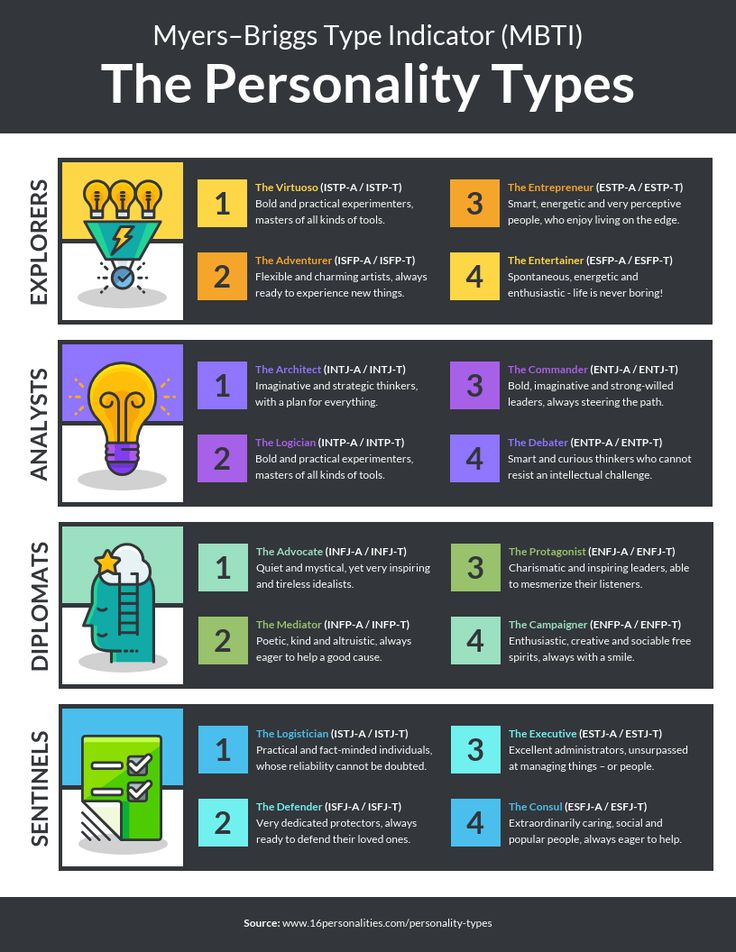 These forces are the very uncontrollable factors that the firm must closely monitor and respond to. The macroenvironment is composed of six main forces, shown in Fig. 27. In the remainder of this chapter, we will discuss these forces in detail and show how they affect a firm's marketing plans. [c.152]
These forces are the very uncontrollable factors that the firm must closely monitor and respond to. The macroenvironment is composed of six main forces, shown in Fig. 27. In the remainder of this chapter, we will discuss these forces in detail and show how they affect a firm's marketing plans. [c.152]
Fourth, 51% of all married women are now employed. Working women make up a market for fine clothes, day care, cleaning services and frozen meals. At the same time, the viewership of television soap operas and the circle of readers of women's magazines on home economics are declining. The income of working women makes up 40% of total household income and influences the purchase of higher quality goods and services. And to top it off, the traditional roles of husbands and wives are changing—husbands are taking on more and more household responsibilities, such as shopping and babysitting. As a result, husbands are increasingly becoming a target market for manufacturers and retailers offering food and home appliances 3.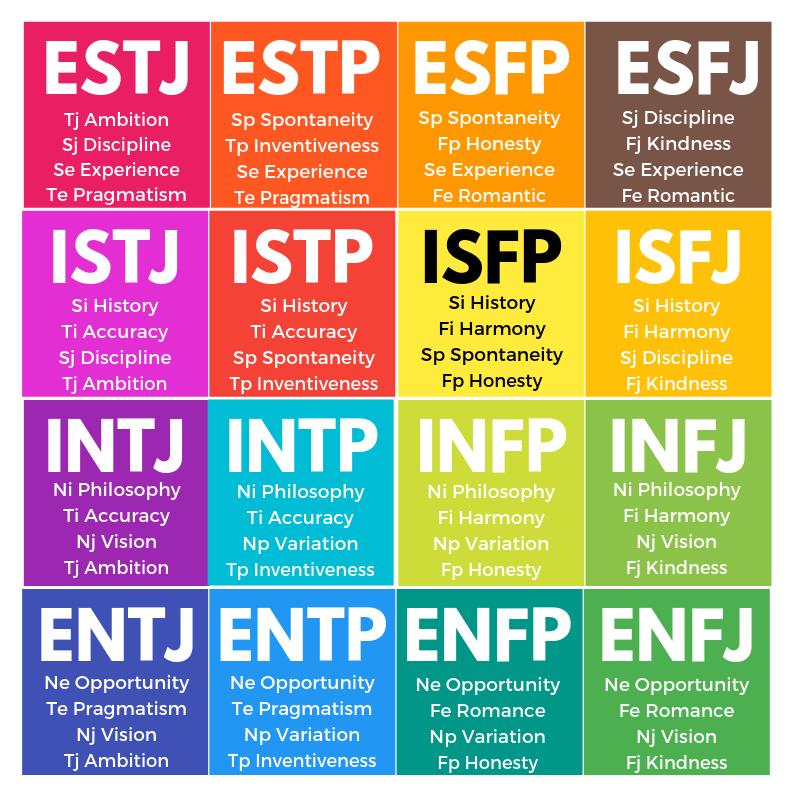 [c.156]
[c.156]
The first force acting in the microenvironment is the firm itself - its divisions and management echelons that influence the decision-making of the marketing service management. The second force is the firms and individuals that produce the goods and services the company needs, and primarily its suppliers. The third force is marketing intermediaries (resellers, distribution firms, marketing services agencies, and financial institutions). The fourth force is the five types of customer markets consumer market, manufacturer market, reseller market, government agency market, international market. The fifth force is the variety of competitors that the firm faces - competitors, product-generic competitors, product-specific competitors, brands-competitors. Sixth Force - Any contact audiences that have an actual or potential interest in or influence the organization's ability to achieve its goals financial circles, media contact audiences, government contact audiences, civic action groups, local contact audiences, the general public, internal contact audiences .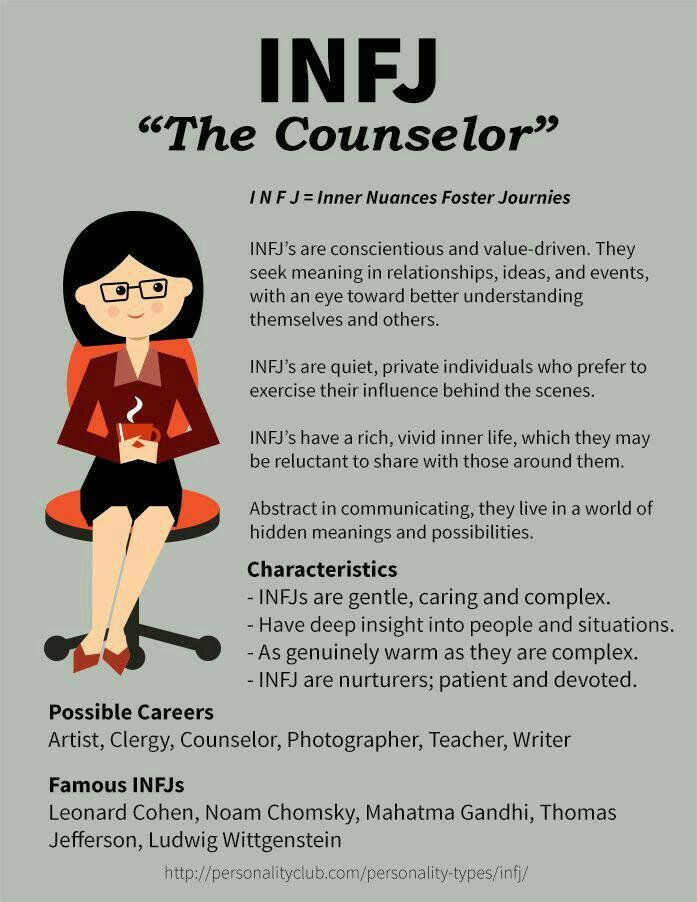 [c.176]
[c.176]
What is the difference between contact audiences and consumers Explain with a concrete example. [c.177]
Microenvironment-forces that are directly related to the firm itself and its ability to serve the clientele, ie. the firm itself, its suppliers, marketing intermediaries, customers, competitors and contact audiences. [c.178]
Among other types of expenses, the study examined the cost of purchasing food and beverages. Beverage consumption by this audience is particularly high. Among the preferred soft drinks are orange juice, milk and various soft drinks. In another group of drinks, beer and wine turned out to be the most popular, while lovers of stronger alcoholic drinks preferred rum. In addition to basic food items, students most often buy light snacks. On average, a college student makes seven shopping trips each month, with 76% of the students in the study group shopping at a supermarket. [c.269]
The concept of distribution channels involves the distribution of more than just physical goods. Producers of services and ideas also face the challenge of making their offerings accessible to target audiences. To do this, they create extension systems, health systems, and the like. To reach a widely dispersed audience, they need to consider both the nature and location of their offices. [c.403]
Producers of services and ideas also face the challenge of making their offerings accessible to target audiences. To do this, they create extension systems, health systems, and the like. To reach a widely dispersed audience, they need to consider both the nature and location of their offices. [c.403]
A modern firm manages a complex system of marketing communications (see Fig. 73). She herself maintains communications with her intermediaries, consumers and various contact audiences. Its intermediaries maintain communication with their consumers and various contact audiences. Consumers engage in verbal communication in the form of word of mouth and rumors with each other and other contact audiences. And at the same time, each group maintains communication feedback with all the others. [c.482]
Barat College in Lake Forest, Illinois is committed to recruiting above-average high school graduate students. College leaders need to know what percentage of the target market has heard of Barat, what they know, how they learned about the college, and how they feel about it.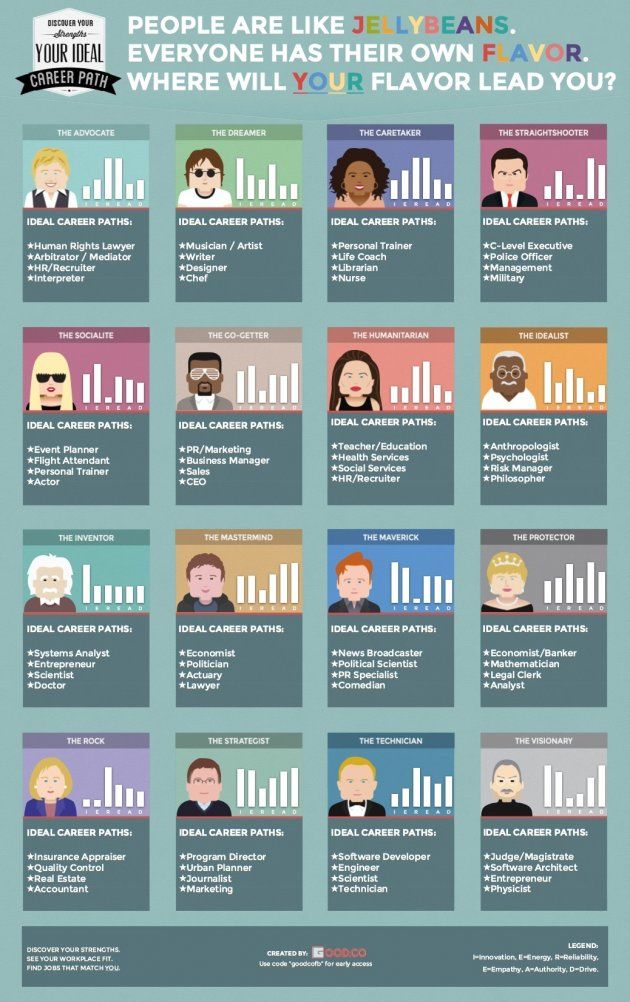 This information would help the college improve its communications program. [c.117]
This information would help the college improve its communications program. [c.117]
The AK Nielsen Company provides data on sales of generic and branded goods in retail outlets, TV program audiences, magazine circulation, and the like. [c.124]
Marketing research is a five-step process. The first step is to clearly define the problem and set the objectives of the study. The second stage is the development of a plan for collecting information using primary and secondary data. The collection of primary data requires the choice of research methods (observation, experiment, survey), the preparation of research tools (questionnaires, mechanical devices), the sampling plan (sampling unit, sample size, sampling procedure) and the choice of the method of communication with the audience (telephone, mail, personal interview). The third stage is the collection of information using extracurricular or laboratory research. The fourth stage is the analysis of the collected information in order to derive from the totality of the obtained data indicators of the average level, variable components and identify various kinds of relationships.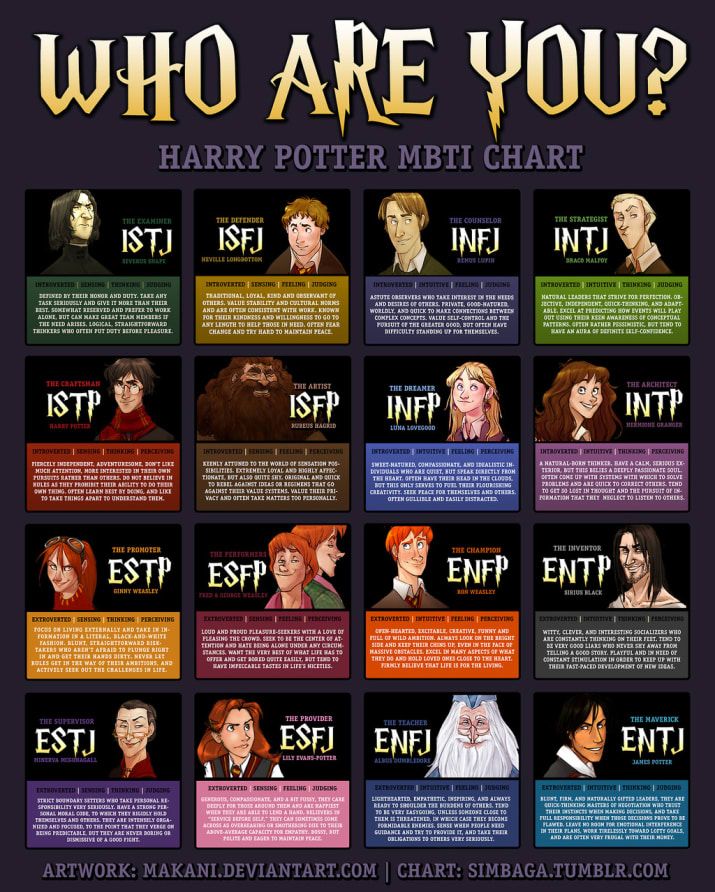 The fifth stage is the presentation of the main results, which will enable marketing managers to make more informed decisions. [c.136]
The fifth stage is the presentation of the main results, which will enable marketing managers to make more informed decisions. [c.136]
The CBS cable television channel intended its programs for viewers who would prefer to watch Macbeth performed by the Royal Shakespeare Theater instead of the entertainment series The Boat of Love. The channel's executives believed that a selection of high-quality plays, concerts, operas, dance and other artistic programs would attract a modest but loyal group of viewers looking for an alternative to the usual network television programs. The CBS leadership expected that, despite its small number, this audience would be formed from wealthy people, which means it would attract advertisers. [c.139]
Another major problem for CBS was the existence of competing cable channels with similar programming to the same limited audience. One such competitor was ABC Corporation's Art channel, another was a television center called Bravo, and a third was Entertainment Channel. The latter two did not accept advertising and subsisted on subscription fees that subscribers paid in addition to the regular monthly cable system fee. But the Art channel, like CBS, counted on the support of advertisers. At one time, the management of the CBS Cable Channel was thinking about introducing a subscription fee. However, most families connected to cable systems were already subscribers to at least one television station, either an arts channel or a movie channel. Analysts at the CBS Cable Channel have concluded that due to the downturn there will be very few viewers willing to pay extra for additional subscriptions. A situation has arisen where a small audience and a few advertisers are fragmented between too many channels. [c.140]
The latter two did not accept advertising and subsisted on subscription fees that subscribers paid in addition to the regular monthly cable system fee. But the Art channel, like CBS, counted on the support of advertisers. At one time, the management of the CBS Cable Channel was thinking about introducing a subscription fee. However, most families connected to cable systems were already subscribers to at least one television station, either an arts channel or a movie channel. Analysts at the CBS Cable Channel have concluded that due to the downturn there will be very few viewers willing to pay extra for additional subscriptions. A situation has arisen where a small audience and a few advertisers are fragmented between too many channels. [c.140]
Cable Channel's own productions, like the other programs they broadcast, were of high quality and luxury. However, viewers often had a choice of several tempting options, and not always only within the framework of television. For example, the channel once aired its original version of a costly production of The Pirates of Penzance just before the big screen release of the film version of the piece.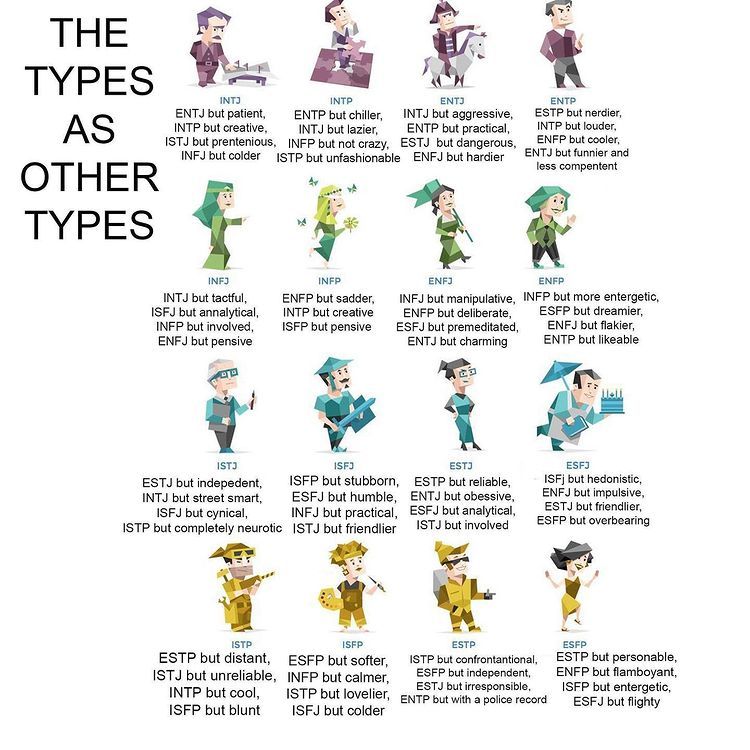 So, despite its high quality and high cost, independent productions of the CBC Cable Channel did not bring him support either from advertisers or from the audience. [c.141]
So, despite its high quality and high cost, independent productions of the CBC Cable Channel did not bring him support either from advertisers or from the audience. [c.141]
It seems that the failure of the CBS Cable Channel was a foregone conclusion by outside forces. The target audience for its arts programs was receptive, but the channel was far more affected by other marketing factors, such as the state of the economy and the presence of a large number of competitors. Entrepreneurs of the cable television market have to carefully monitor not only their own programs, but also the many factors of the marketing environment on which the very existence of the enterprise may depend1. [c.141]
Financial circles. Influence the firm's ability to provide itself with capital. The main contact audiences of the financial sector are banks, investment companies, stock exchange brokerage firms, and shareholders. Schwinn wins the favor of these audiences by publishing annual reports, answering questions about all financial activities, and providing the financial community with evidence of its financial strength.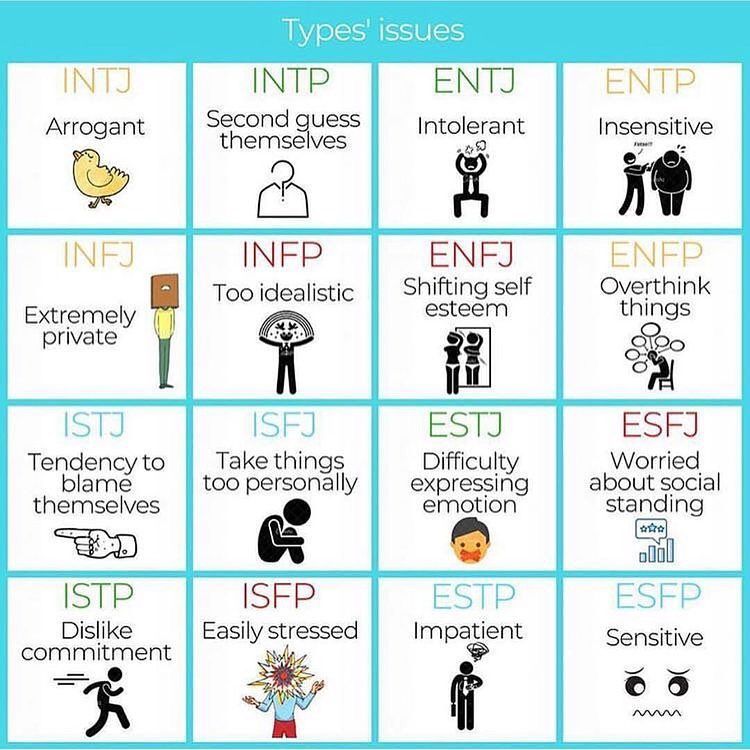 [c.149]
[c.149]
Contact audiences of state institutions. Leadership must necessarily take into account everything that happens in the public sphere. Schwinn marketers must respond to issues of product safety, truth in advertising, dealer rights, and the like. Schwinn should consider getting in touch with other bicycle manufacturers to work together to push for more benevolent laws. [c.150]
Personality type. Personality variables are also used by salespeople as a basis for market segmentation. Manufacturers give their products personal characteristics that match the personal characteristics of consumers. In the late 50s, Ford and Chevrolet cars were advertised as cars for people of different personality types. Ford buyers were generally considered to be independent, impulsive, courageous, sensitive to change, and self-confident, while Chevrolet owners were conservative, frugal, prestige-conscious, less masculine, and avoiding extremes.5 Researcher Franklin Evans decided to test the fairness attitudes by subjecting Ford and Chevrolet owners to a common personality test that measures their needs for success, influence, change, aggressiveness, and so on.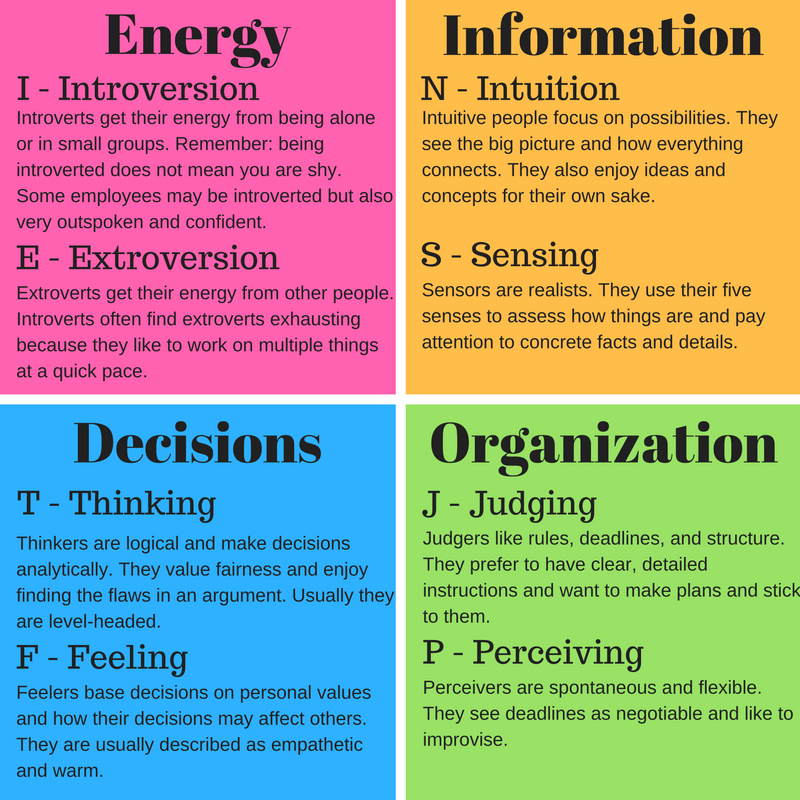 Ford owners did not differ much from the results of assessments of Chevrolet owners. Evans came to the conclusion that the convergence of evaluative results makes it almost impossible to separate the audience into personality types. Differences in personality types are sometimes still found in a number of later studies. Ralph Westfall found evidence for differences in the personality types of convertible and hardtop car owners. According to him, the former seem to be more active, impulsive and sociable people b. Shirley Yang, director of research at a leading advertising agency, announced a methodology for successfully segmenting the market based on the characteristics of the audience in relation to [c.261]
Ford owners did not differ much from the results of assessments of Chevrolet owners. Evans came to the conclusion that the convergence of evaluative results makes it almost impossible to separate the audience into personality types. Differences in personality types are sometimes still found in a number of later studies. Ralph Westfall found evidence for differences in the personality types of convertible and hardtop car owners. According to him, the former seem to be more active, impulsive and sociable people b. Shirley Yang, director of research at a leading advertising agency, announced a methodology for successfully segmenting the market based on the characteristics of the audience in relation to [c.261]
Attitude towards the product. Market. the audience can be enthusiastic, positive, indifferent, negative or hostile to the product. Campaigners of political parties making pre-election door-to-door tours are guided by the attitude of the voter, deciding how much time should be spent on working with him.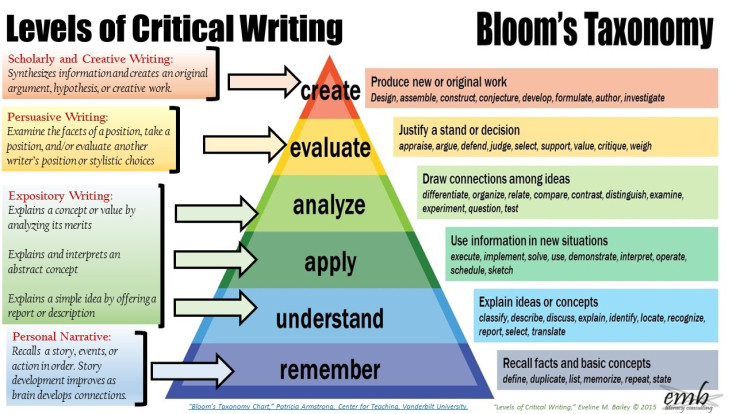 They thank enthusiastic voters and remind them to vote by all means; they don’t waste time trying to change attitudes from negative or hostile voters, but they seek to strengthen positive ones in their opinion and win over indifferent ones. The more clearly relationships can be identified with demographic variables, the more effective an organization can be in reaching the most promising prospects12. [c.268]
They thank enthusiastic voters and remind them to vote by all means; they don’t waste time trying to change attitudes from negative or hostile voters, but they seek to strengthen positive ones in their opinion and win over indifferent ones. The more clearly relationships can be identified with demographic variables, the more effective an organization can be in reaching the most promising prospects12. [c.268]
Service businesses must develop their own distribution systems that are appropriate for the characteristics of their products. Delta Airlines, described in Box 29, is an example of such an enterprise. Distribution channels are also used in the process of identity marketing. Until 1940, professional comedians were able to connect with audiences through the seven channels of variety shows, special performances, nightclubs, radio, cinema, carnivals, theaters. In the 50s, the variety show disappeared, but a new powerful channel appeared - television. Politicians should also look for financially viable channels for disseminating their messages to voters - the media, rallies, conversations over coffee at lunchtime.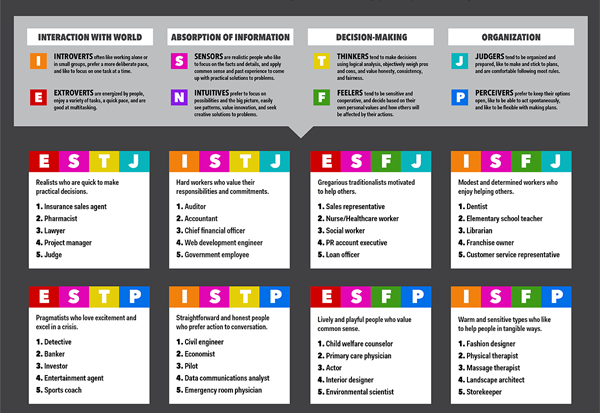 [c.403]
[c.403]
SDS Military Register-Home
Central Organ
+7 (499) 661-89-64
Training center 9000 +7 (915) 328-25-13
News
17.10.2022 The Ministry of Economic Development of Russia prepared the Forecast of the socio-economic development of the Russian Federation for 2023 and for the planned period of 2024 and 2025
17.10.2022 The results of the award "Standardizer of the Year" were summed up within the framework of the International Technological Forum "Russian Week of Standardization
10/14/2022 Order of the Ministry of Industry and Trade of Russia dated July 20, 2022 No. 3010 "On approval of the form of the evaluation sheet, in accordance with which the assessment of the compliance of the license applicant or licensee with license requirements for the maintenance of weapons and military equipment" (registered with the Ministry of Justice of Russia on October 10, 2022 No. 70448)
70448)
Announcement of the bulletin "Armament Quality Management" No. 3 (73)'2022
The next issue of the SDS "Military Register" newsletter "Management Armament Quality" No. 3 (73)'2022 has been published. Introducing the announcement of the new number
More details
Authentication of certificates of conformity
In order to verify the authenticity of certificates of conformity issued by certification bodies on behalf of the SDS "Military Register", from October 1, 2022, a QR-coding procedure for certificates is introduced
work normative documents.
More
Video channel
"Formula of Quality"
Founders
Voluntary Certification System "Military Register"
State Atomic Energy Corporation "Rosatom"
Russian Union of Industrialists and Entrepreneurs
Autonomous non-profit organization "Military Register"
Audit of the supplier taking into account the requirements of GOST RV 0015–002–2020
Recruitment to the training group for the course “External Supplier Auditor.